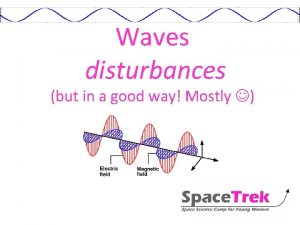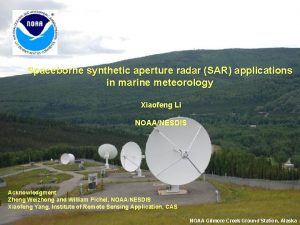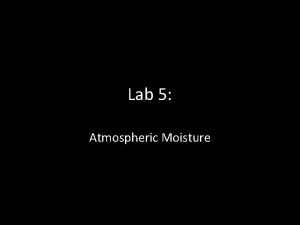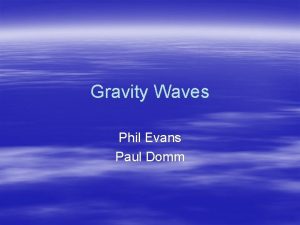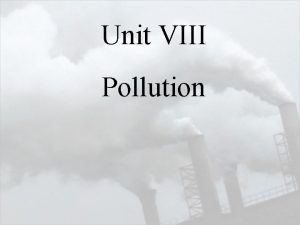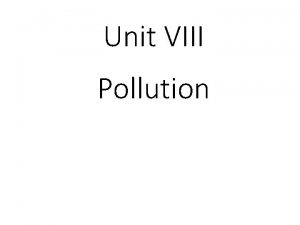Unit 7 Atmospheric Pollution 7 4 Atmospheric CO








- Slides: 8

Unit 7 Atmospheric Pollution 7. 4 Atmospheric CO 2 and Particulates

CO 2 appears naturally in the atmosphere from sources such as respiration, decomposition, and volcanic eruptions 2

Suspended Particulate Matter SPMs • SPMs are particles, or droplets, that are light enough to stay suspended in the air for extended periods of time. • SPMs can be created by combustion, burning, plowing and construction 3

Suspended Particulate Matter Coarse Dust Particles PM 10 Fine Dust Particles PM 2. 5 • 2. 5 -10 micrometers in diameter • Particles that are 2. 5 micrometers in diameter or smaller • Inhalable • PM less than 10 microns is the technical term for “dust” • Sources include: combustion from vehicles and power plants, • The largest indoor air pollutant in residential wood burning, forest developing countries fires, agricultural burning, some • Sources include: crushing or grinding industrial processes operations, dust stirred up by 4 vehicles on roads.

Health Effects of PMs People with heart or lung diseases, older adults and children are most likely to be affected by particle pollution exposure. However, even if you are healthy, you may feel temporary symptoms if you are exposed to high levels of particle pollution. Numerous scientific studies connect particle pollution exposure to a variety of health issues, including: • irritation of the eyes, nose and throat • coughing, chest tightness and shortness of breath • reduced lung function • irregular heartbeat • asthma attacks • heart attacks • premature death in people with heart or lung disease

Black Lung Disease • Also called Coal Workers’ Pneumoconiosis. • Caused by long-term exposure to coal dust. • Similar disease to those caused by inhaling silica dust and asbestos dust. • 16%-17% of coal miners have shown incidence of the disease resulting in 25, 000 deaths in 2013. • Coal dust that enters the lungs can neither be destroyed or removed by the body. • Coal dust cause inflammation and lesions within the lungs. • The Federal Coal Mine Health and Safety Act of 1969 the US Congress set up standards to reduce dust and created the Black Lung Disability Trust to guarantee ADD A FOOTER compensation. 6

Black Lung Disease 7

8

